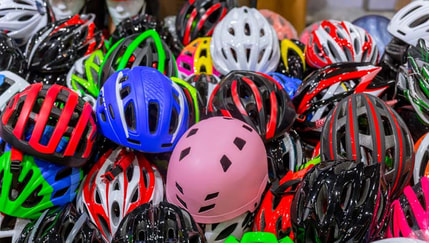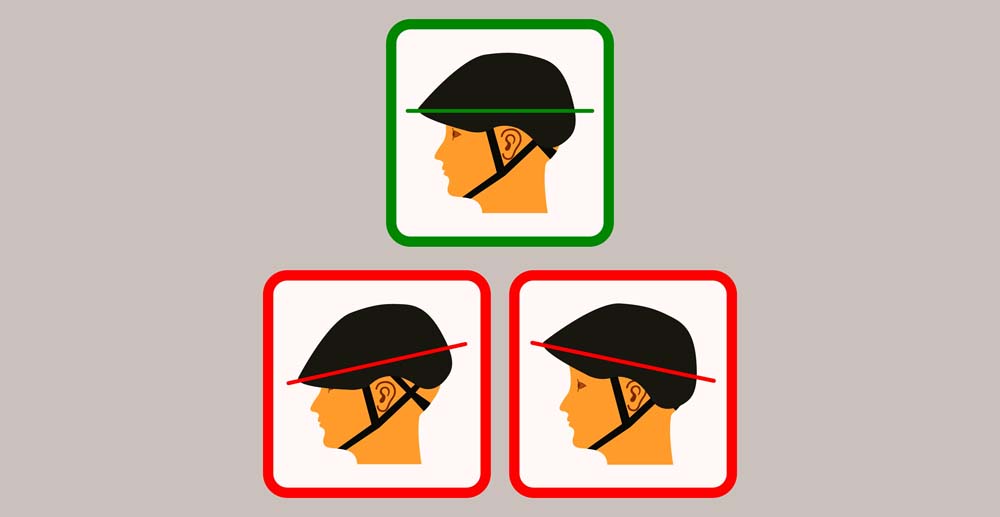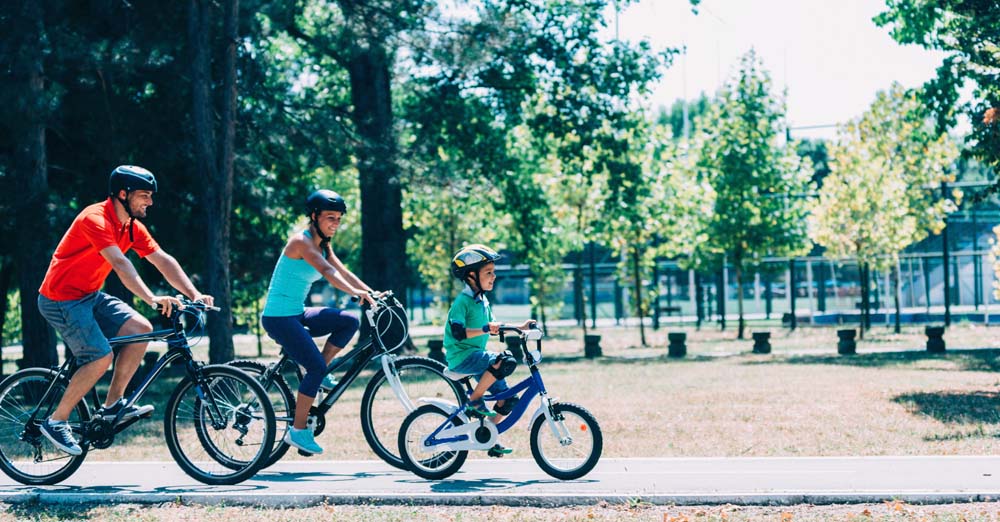 Wearing a bike helmet on every bike ride saves lives and prevents injuries. Experts say that using this readily available and affordable piece of safety equipment on all your rides is the single most effective way to prevent head and brain injuries in the event you should fall off your bike. Even if you ride at a slow speed, there is a risk of injury from a fall. Having a helmet is one thing, but taking steps to make sure it fits properly is also essential for your safety and for maximum protection. Why Wear a Helmet More than 130,000 bicycle riders are injured every year in the United States following crashes, according to the U.S. Centers for Disease Control and Prevention. Wearing a helmet has the following benefits:
If you are not a numbers person, then just look around at others in the cycling community. You will find that avid cyclists such as year round commuters, those that ride thousands of miles per year for exercise, car-free cyclists, and members of bike clubs, all wear helmets. That is because the more time you spend riding a bike the more you understand that anything can happen out there that might cause you to hit the pavement. You might hit a pot hole, go too fast on wet pavement, encounter a pedestrian walking out in front of you causing you to brake unexpectedly, and come across an inattentive motorist who turns in front of you, cuts you off, or pushes you to the curb challenging your balance. Even if you take precautions to be predictable and anticipate hazards, there will be conditions out of your control. Why Helmet Fit is Important A helmet that does not fit properly will not be able to do its job protecting you. A helmet needs to fit properly in order to provide the highest level of head protection. Besides a helmet’s ability to protect you in the event of a crash, there is the comfort factor. Since you will be wearing it on every ride no matter how short or long, you will want it to be comfortable as possible. Steps for Properly Fitting a Helmet Tip: Use a mirror or ask another cyclist or bicycle retailer to help.
Fit Checking Advice There are at least two popular methods for remembering and checking helmet fit for levelness, side strap, and chinstrap placement, 1) the 2V1 method and 2) Eyes, Ears, and Month. 1. 2V1 Method
Common Bike Helmet Fitting Issues
Fitting a Helmet for a Child You should use the same guidance fitting a helmet for a child as you do for an adult. In addition, when selecting a helmet for a child, choose one that fits them today, do not try to save money by buying one that is too large thinking they will grow into it. As a child’s head grows you will need to replace it. Helmet Fitting Frequently Asked Questions (FAQ)
Comments are closed.
|
Earth Rider Blog about CycingAuthorSharon Kaminecki and others comment on adventures in bicycling and other stories Categories
All
Archives
August 2023
|




